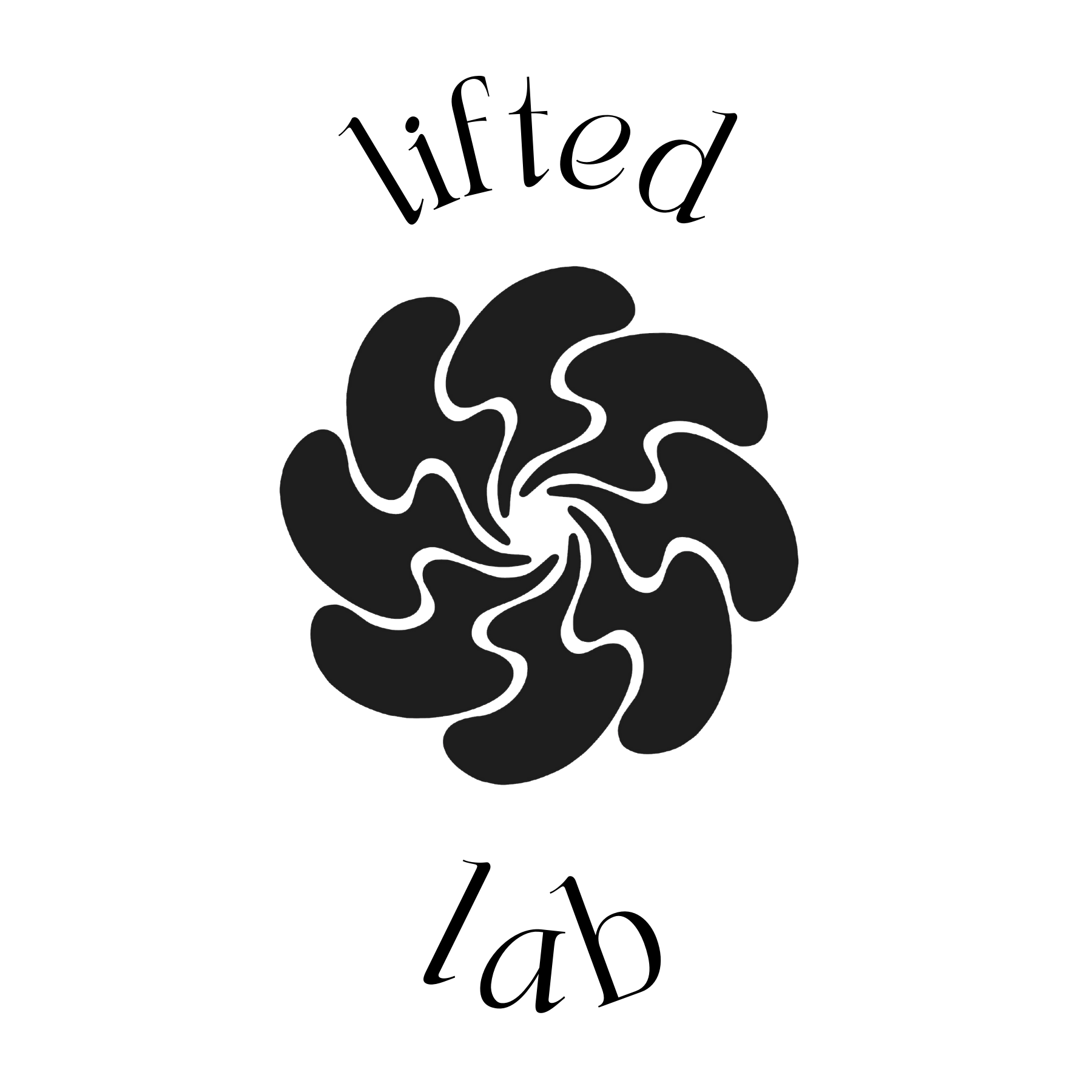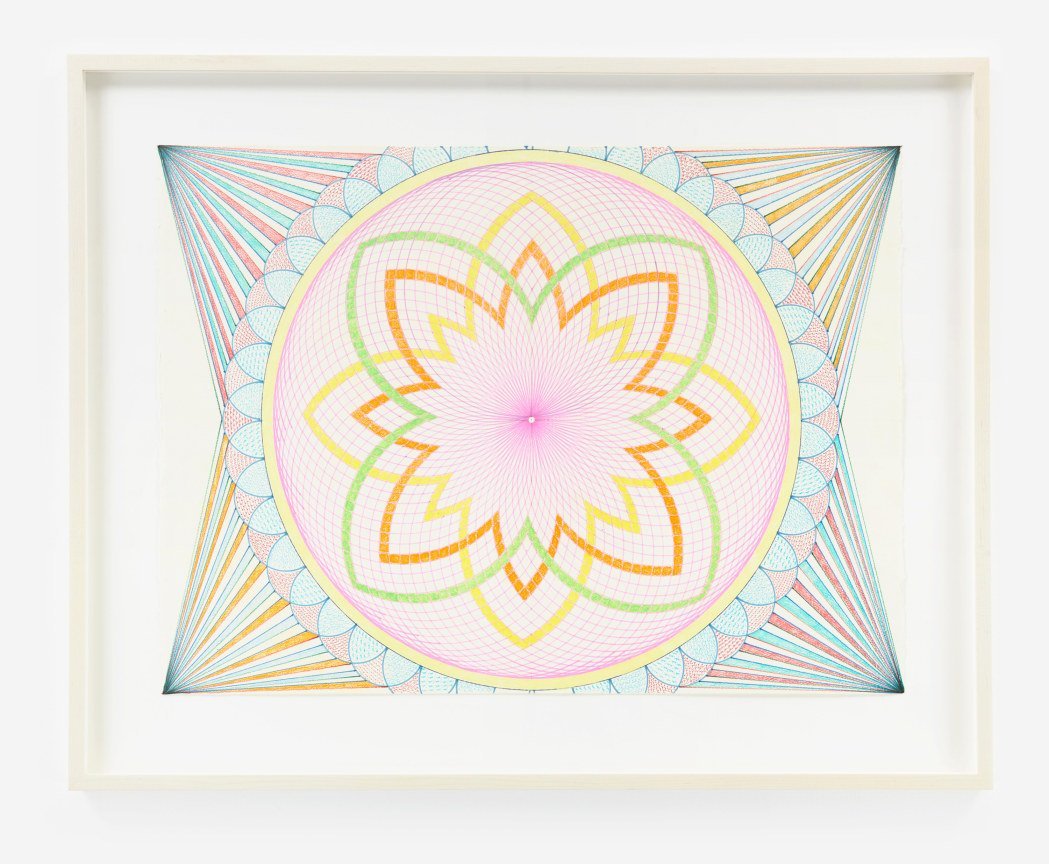Monir Farmanfarmaian & Camille Utterback “Kaleidoscope Eyes”
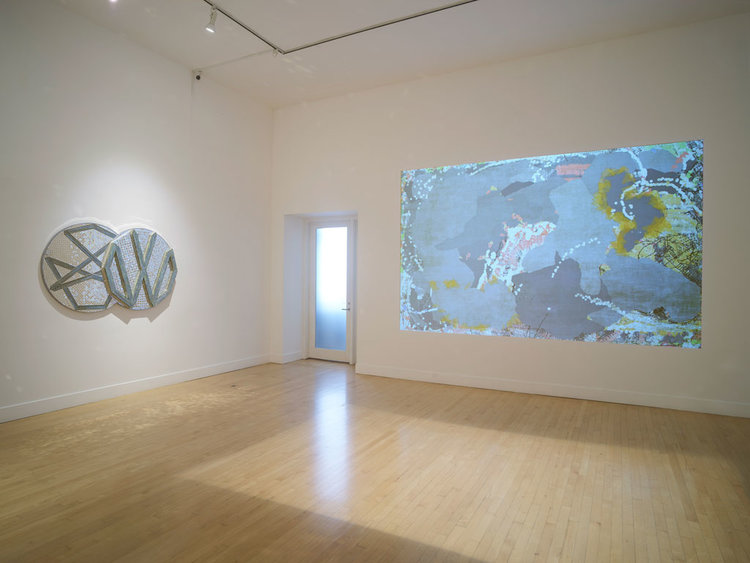
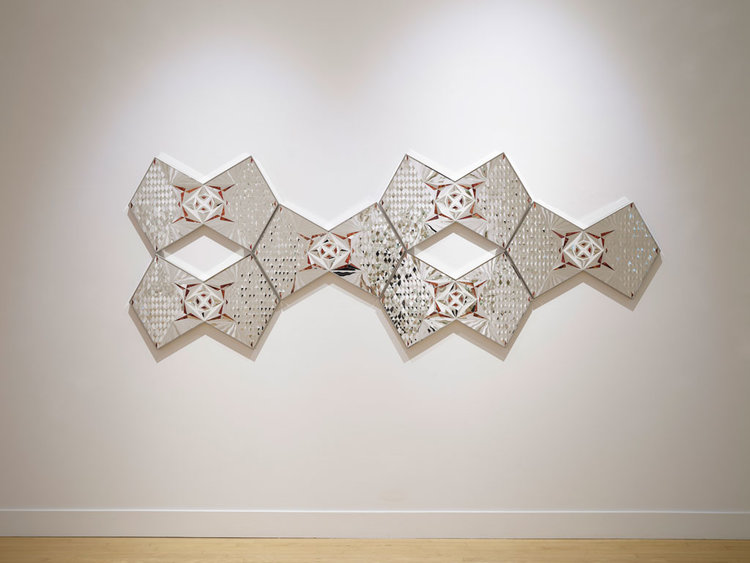
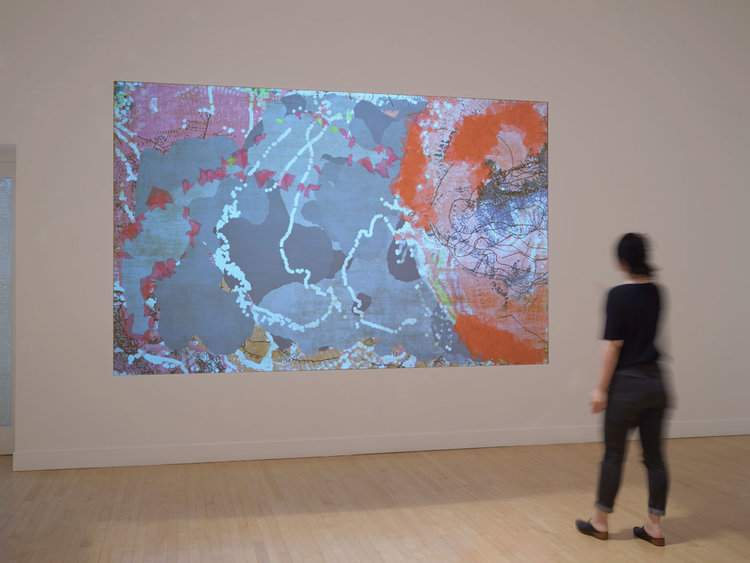

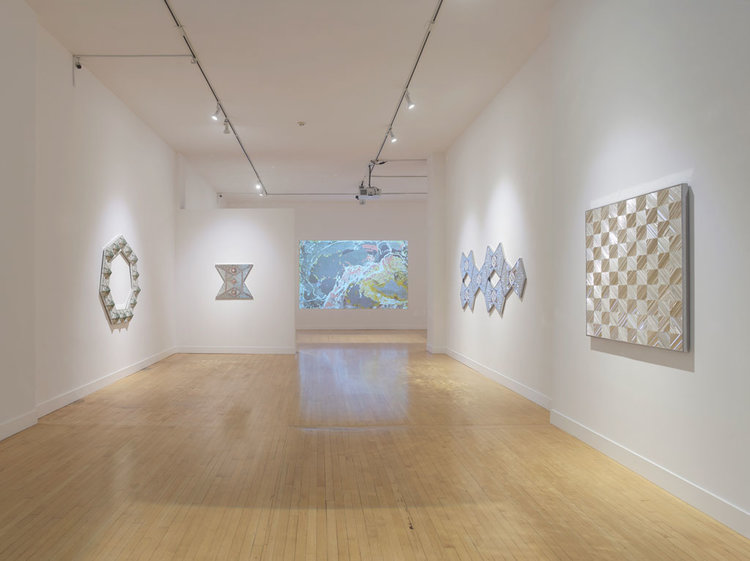

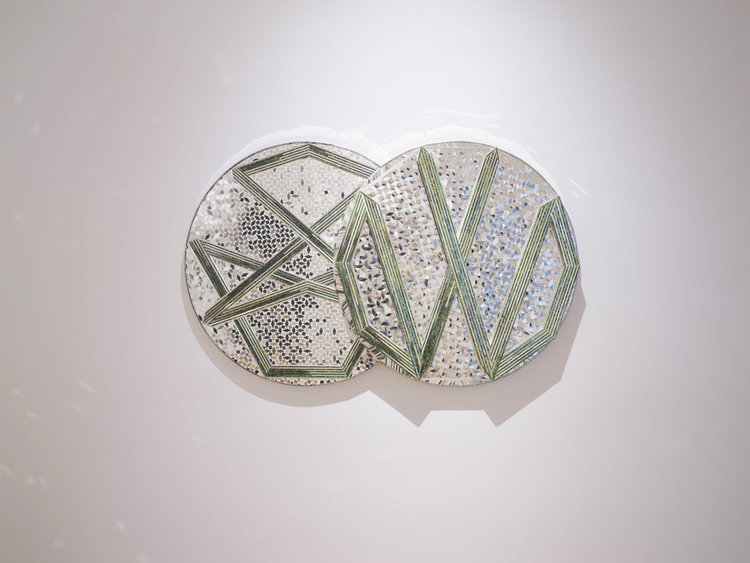
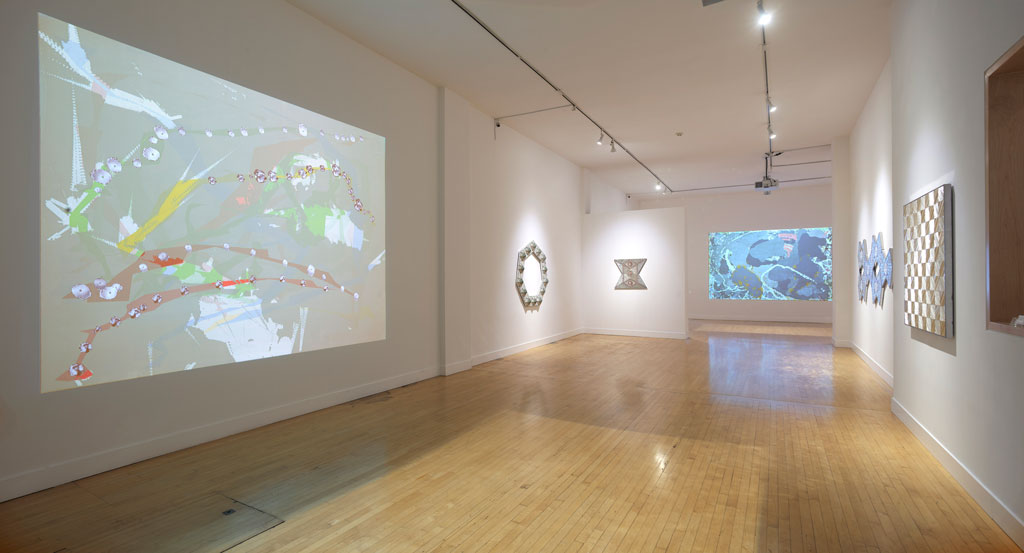
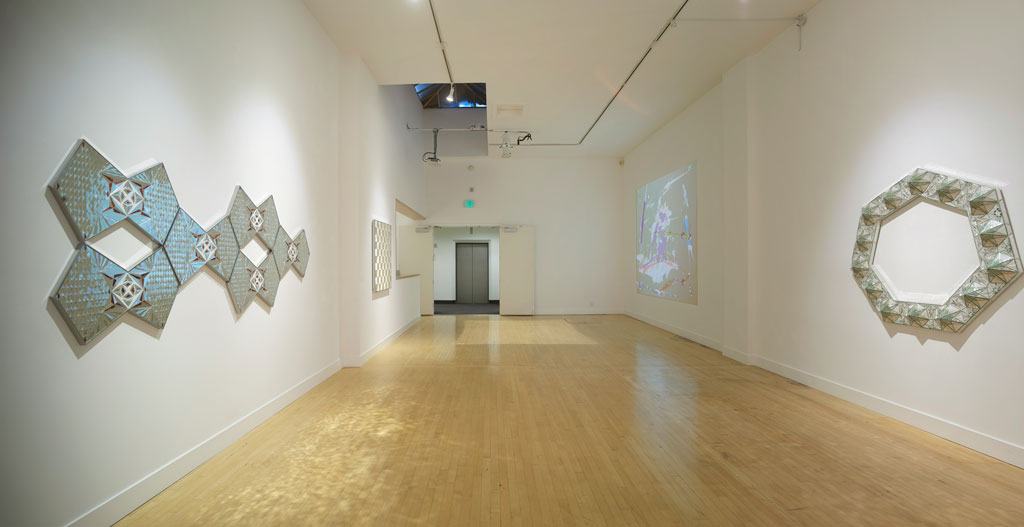



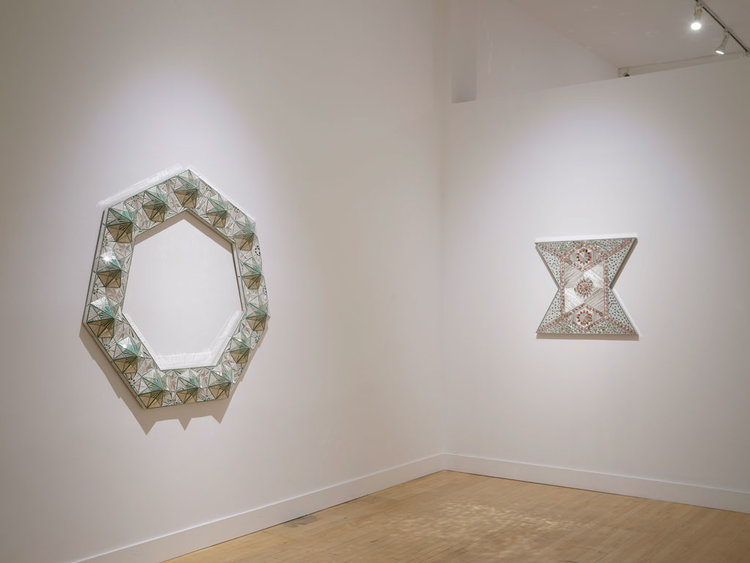
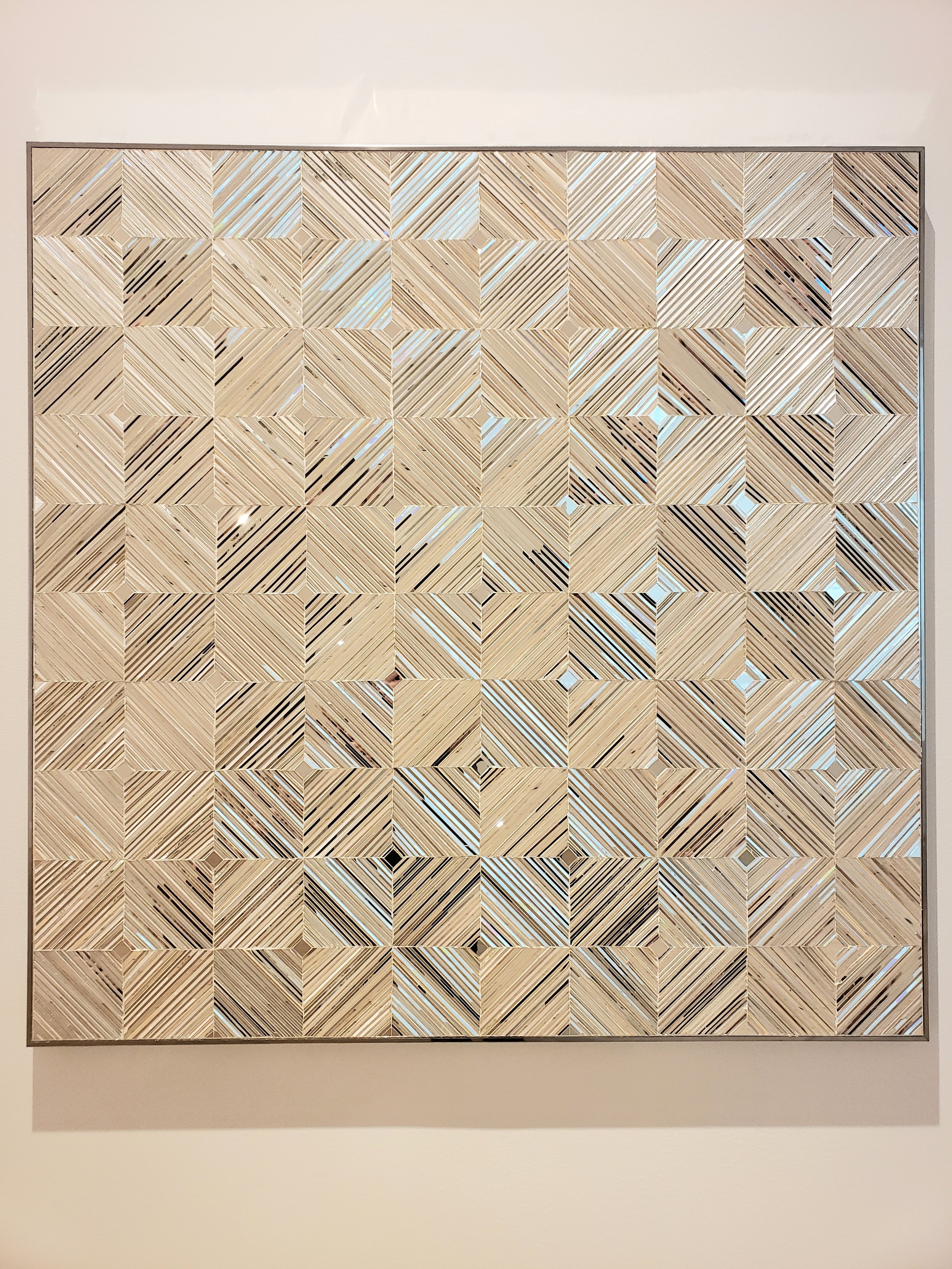
The elaborate mirrored mosaics by celebrated Iranian artist Monir Shahroudy Farmanfarmaian (b. 1923, Qazvin, Iran; d. 2019, Tehran, Iran) recall both ancient Persian tradition and high Modernist abstraction. Each work comprises innumerable pieces of hand-cut mirrored and reverse painted glass, arranged into intricate curvilinear, rectilinear, and tessellated compositions. At the heart of these ornate, jewel-like works is a rigorous logic that guides the creation of complex patterns from the repetition of simple polygons, derived from the mathematic principles that have long informed Islamic design and Persian art and architecture.
Kaleidoscope Eyes features a selection of Farmanfarmaian’s rare works from the early 1980s, when she was living in exile in New York in the aftermath of the Iranian Revolution, as well as more recent pieces created following her return to Tehran in 2004. It includes three stunning, three-dimensional mosaics from her 2014 Fifth Family series, a set of related sculptures that are based on regular polygons: the triangle, the hexagon, and the heptagon. Each work is bound to the same generative and formal logic, with progressively intricate surface detailing. Mathematical precision gives way to wonder, as we find our own reflections, and the reflections of others, in glimmering, multifaceted surfaces. Known as a visionary, charismatic, and uncompromising artist, Farmanfarmaian worked up until her recent death in April 2019, composing her complex geometries from her wheelchair aeven after she was no longer able to walk.
Farmanfarmaian’s mirrored mosaics, which owe so much to ancient geometry and pre-digital technologies, are presented in dialogue with the cutting-edge digital works of Camille Utterback (b. 1970, lives and works San Francisco, CA), a MacArthur Award-winning artist whose interactive installations and reactive sculptures engage participants in a dynamic process of kinesthetic discovery and play. Through the use of custom-coded software, Utterback’s works link computational systems to human movement and gesture. Overhead cameras respond to the position of the visitors within the installation space, translating the data into painterly forms that are projected onto the gallery wall. Essentially, each installation is an interactive painting, wherein algorithms generate live animations in response to audiences, constantly responding to and evolving with every movement.
Words and images via Haines Gallery SF
